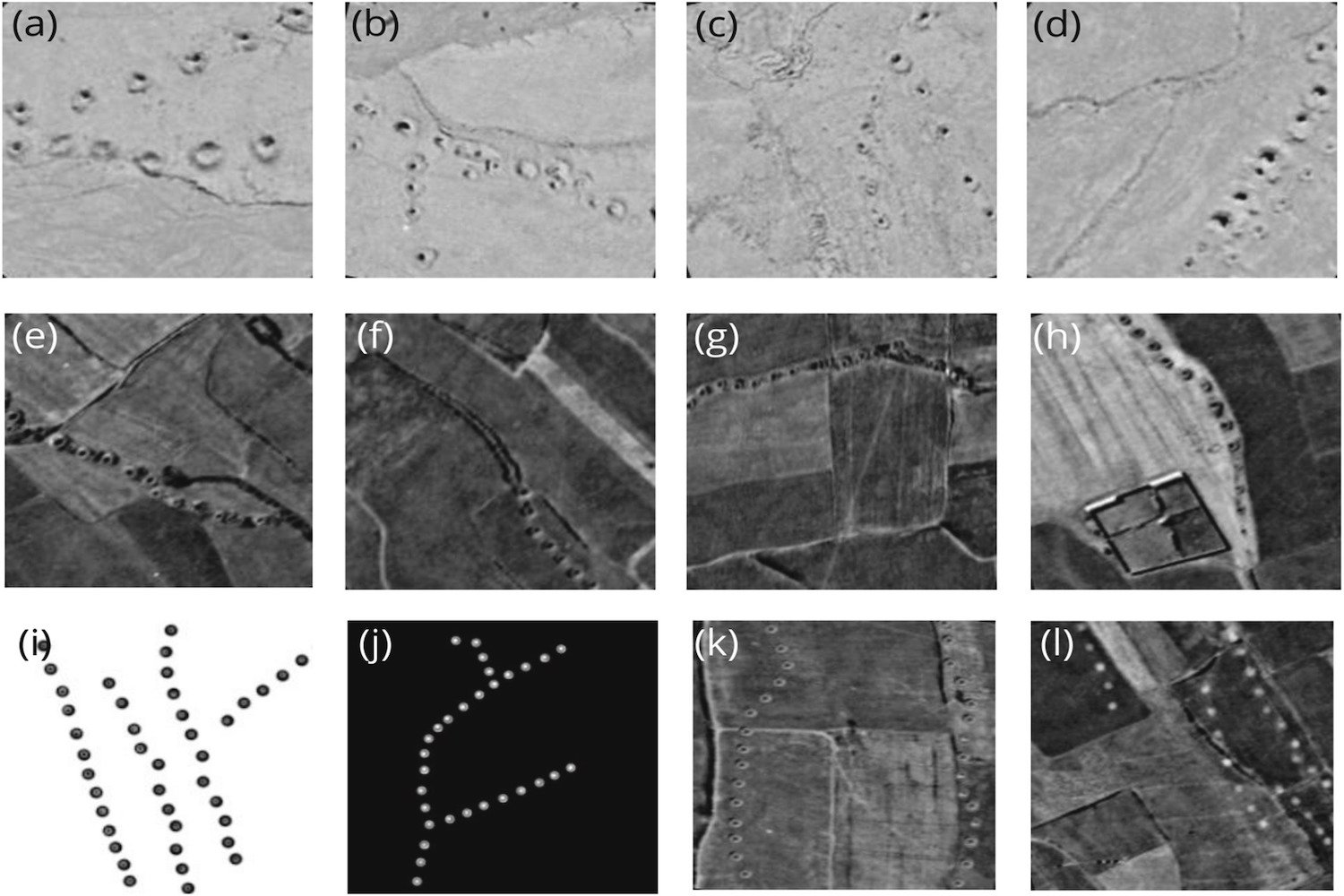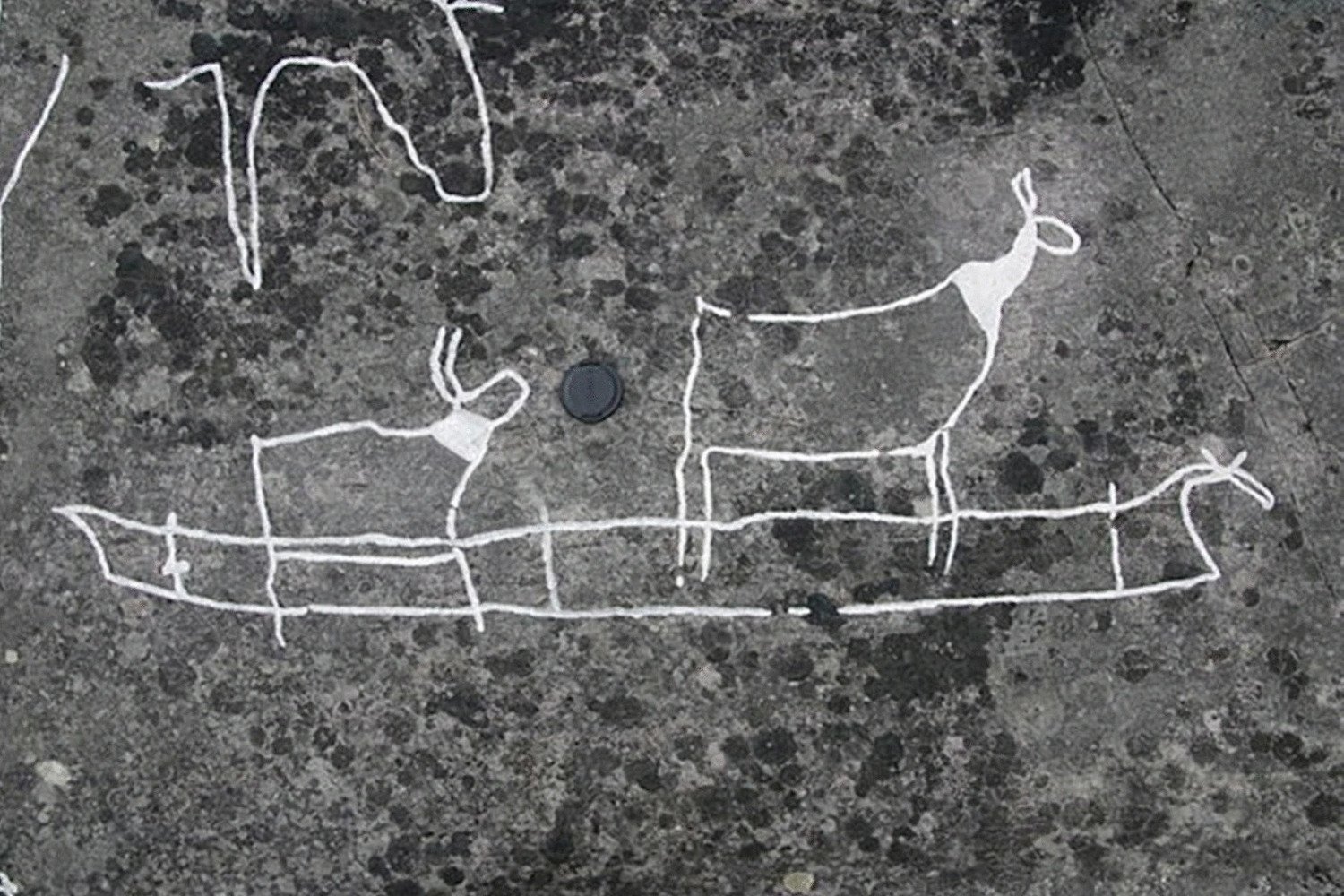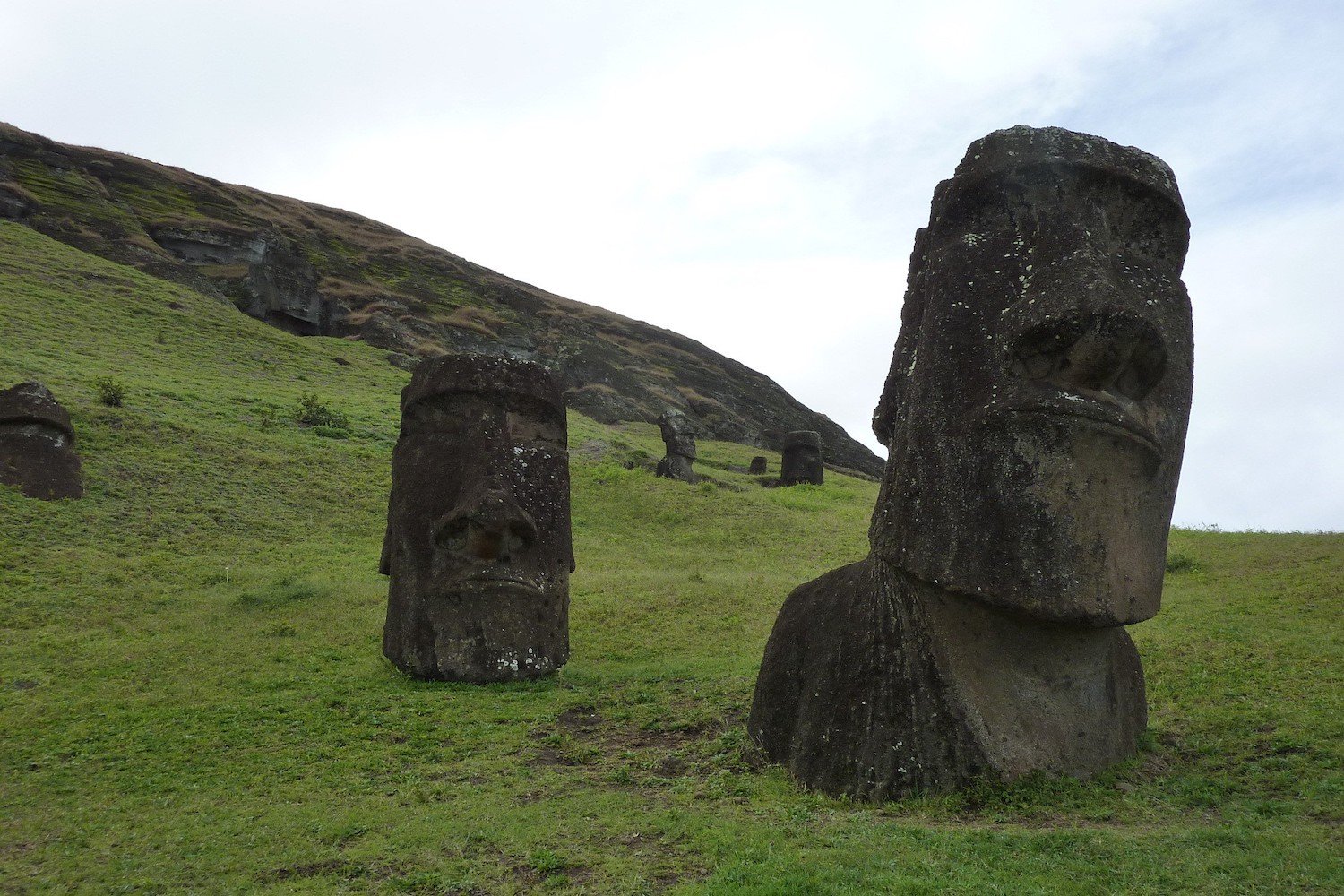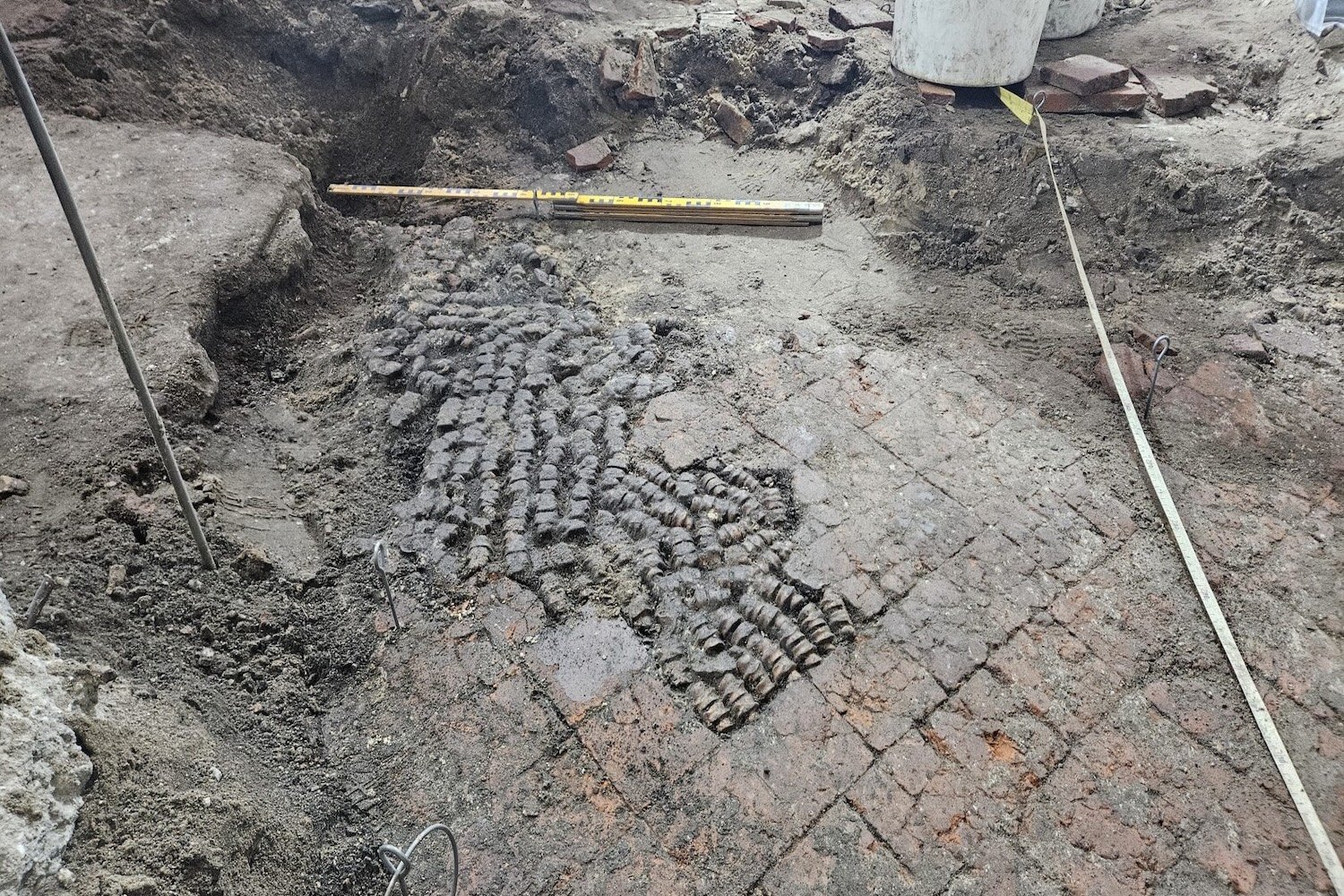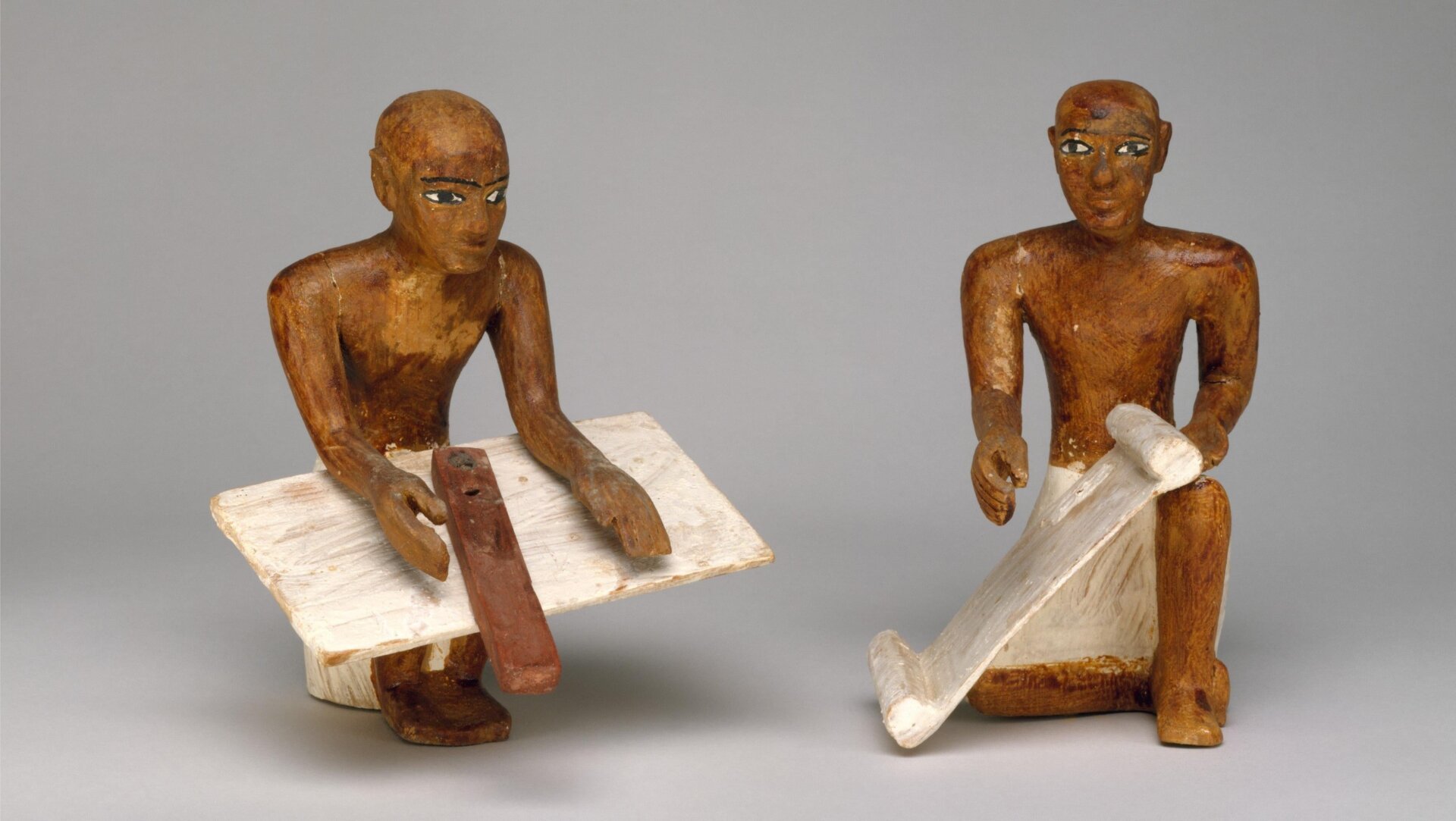The Giza pyramids, one of the ancient world’s most iconic wonders, may have come at a cost to the environment and the health of those who built them. New research suggests significant copper contamination occurred during the construction of the pyramid complex, offering a glimpse into early industrial pollution and the lives of ancient Egyptian laborers.
This discovery of copper in ancient soil samples could reshape our understanding of the area’s settlement timeline and the living conditions of non-royal Egyptians. The presence of toxic copper also points to a thriving tool-making industry and reveals a deeper history of industrial pollution than previously acknowledged.
In 2019, geochemists from Aix-Marseille Université in France drilled into the ground at Khufu harbor, a 4,500-year-old port near the Giza pyramids. This harbor, the oldest known in history, was situated alongside a now-vanished tributary of the Nile River. The researchers analyzed the extracted samples using plasma-less spectrometry to measure the levels of copper and other metals like aluminum, iron, and titanium.
Early Settlement and Peak Contamination
Using carbon dating, the team published a study in Geology, revealing that the copper contamination began around 3265 BCE. This finding suggests human occupation of the area 200 years earlier than previously thought. The contamination peaked 750 years later, around 2515 BCE, before gradually declining and eventually disappearing around 1000 BCE. According to Alain Véron, a faculty member at Aix-Marseille University and a contributor to the study, the copper levels were “5 to 6 times higher than the natural background,” as reported in Eos.
Evidence of Tool Making and Potential Health Impacts
The researchers believe the high copper levels indicate a robust tool-making industry. The presence of arsenic, a semi-metallic element historically used to strengthen metals, further supports this theory. Workers likely used these tools, including blades, chisels, and drills, during the construction of the pyramid complex.
While copper is essential for certain human biological functions, like energy production and blood vessel formation, overexposure can lead to various health problems. Vomiting, diarrhea, nausea, and abdominal pain can result from short-term exposure, while long-term exposure can cause severe kidney and liver damage. The study doesn’t reveal the specific health effects on the ancient Egyptians, but the presence of copper in the soil provides valuable insights into their living conditions.
Resilience Amidst Environmental Challenges
The high copper levels suggest significant industrial activity in the area and demonstrate the resilience of its inhabitants. The contamination period coincides with a time around 2200 BCE when the Nile River reached historically low levels, disrupting Egypt’s economy and social structure. Despite these challenges, work on the Giza pyramids and other projects continued.
Insights into the Lives of Ordinary Egyptians
While extensive research has focused on the pyramids’ construction and the lives of pharaohs, this study offers a unique perspective on the lives of everyday ancient Egyptians. These individuals faced political instability and environmental changes, navigating a world not entirely unlike our own. The techniques used in this study could be applied to other ancient Egyptian archaeological sites, providing further insights into the lives and work of non-elite Egyptians who crafted the tools used to build these enduring monuments.
Conclusion
The discovery of copper contamination near the Giza pyramids sheds light on the environmental impact of ancient industrial activities and offers a glimpse into the lives of the workers who built these magnificent structures. This research contributes to a more comprehensive understanding of ancient Egyptian society and the challenges they faced. Further application of these research techniques at other sites could uncover even more about the lives of ordinary Egyptians and their contributions to history.




